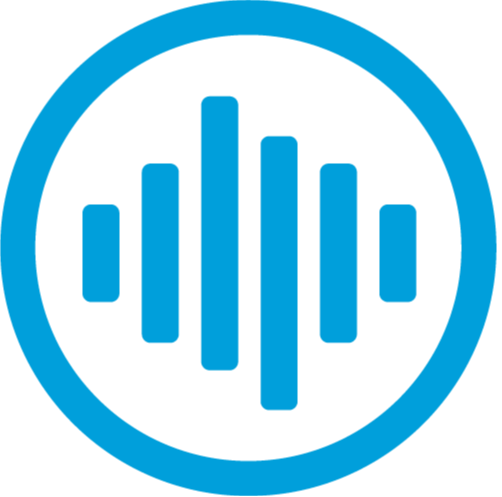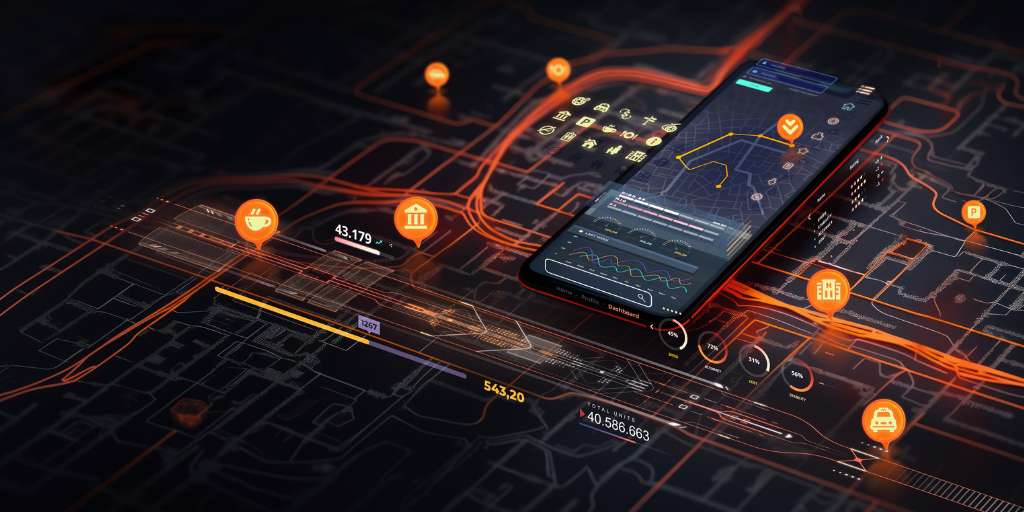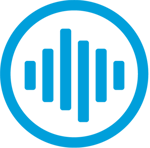In the world of Managed Service Providers, the term "Hunt Groups" often comes up in discussions related to effective communication systems. But what exactly are Hunt Groups? In this blog post, we'll explore the concept in detail and discuss how MSPs can make the most of them.
Importance of Hunt Groups for MSPs
Hunt Groups play a pivotal role in ensuring efficient communication and customer service for MSPs. They can enhance call handling, reduce wait times, and offer scalability. Understanding how to utilize Hunt Groups effectively can be a game-changer for your MSP business.
What Are Hunt Groups?
Hunt Groups are a call distribution mechanism that ensures incoming calls are directed to the right person or team. This means your clients can reach the right person in your MSP without navigating a complex phone tree.
How Hunt Groups Work
- Inbound Call: The hunt group process begins when an inbound call is made to a specific phone number or extension. This can be a dedicated customer support line or a general company phone number.
- Group Configuration: A hunt group is pre-configured with a list of extensions or phones that are members of the group. These members are often part of the same department or team.
- Sequential or Simultaneous Ringing: There are two common methods for routing calls in hunt groups:
- Sequential or Simultaneous Ringing: There are two common methods for routing calls in hunt groups:
Sequential Ringing: In this mode, the system rings each member of the group in a predetermined order until someone answers the call. If the first member is unavailable, the call is directed to the second, and so on, until it is answered or all members have been attempted. - Simultaneous Ringing: In this mode, all members of the hunt group are called simultaneously. The call is connected to the first member who answers, and the other phones stop ringing.
Caller Experience: From the caller's perspective, the call is seamlessly transferred from one extension to another until it is answered or all members have been tried.
- Sequential or Simultaneous Ringing: There are two common methods for routing calls in hunt groups:
- Caller Experience: From the caller's perspective, the call is seamlessly transferred from one extension to another until it is answered or all members have been tried.
- Answering the Call: When a group member answers the call, they are connected with the caller, and the conversation begins. If no one in the group answers, the call may be directed to a voicemail or an alternative destination, depending on the configuration.
Benefits of Hunt Groups for Businesses
Improved Customer Service: Hunt groups ensure that incoming calls are promptly answered, leading to better customer satisfaction and loyalty.
Efficient Call Handling: Calls are distributed evenly among team members, reducing the risk of overburdening some employees while others are idle.
Enhanced Collaboration: Hunt groups facilitate communication within teams, ensuring that no important calls are missed, even when some team members are temporarily unavailable.
Customized Call Routing: MSPs can configure hunt groups to meet their clients' specific needs, such as routing calls based on business hours, priority, or skill level.
Hunt Groups are a vital tool for MSPs looking to enhance their clients' call management. By implementing Hunt Groups, you can efficiently route incoming calls, streamline call handling, and improve customer service. This system simplifies the process of directing calls, ensuring that clients' customers can reach the right personnel. With Hunt Groups, MSPs can offer top-notch service, boost client satisfaction, and position themselves as industry leaders in the world of effective communication.



